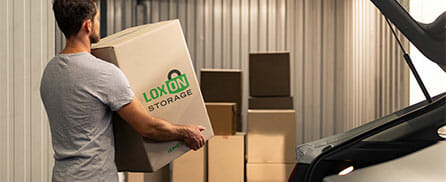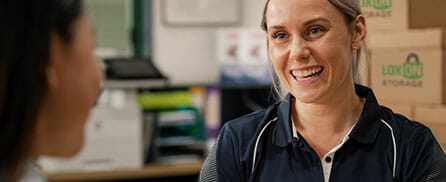Apr 3 2025
How to Pack Like a Pro: Packing & Moving Supplies
Moving to a new home or office? Packing can feel overwhelming, but with the right approach and packing supplies, you can make the process smooth and stress-free. From choosing the right packing materials to learning expert packing tips, this guide will have you pack boxes like a pro in no time!
At Loxon Storage, we have decades of experience in packing and organising. Whether you are moving house, decluttering, travelling, or downsizing, our storage experts have uncovered every trick in the book to make packing as simple as possible! Check out our top packing tips and advice to discover the best packing supplies and hacks for organising your items with ease.
Packing Supplies and Essentials Guide
Step 1: Choose the Right Packing Boxes
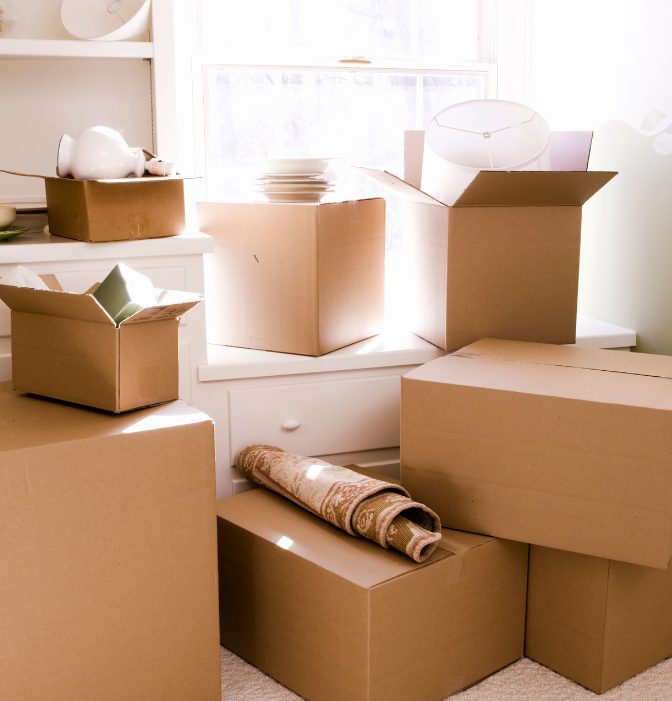
Not all boxes are created equal! Invest in sturdy, double-corrugated moving boxes to protect your belongings. Avoid old or used boxes, as they may not provide enough support. Consider specialty boxes like wardrobe boxes for clothing, dish-packs for fragile items, and book boxes for heavier items.
Popular types of packing boxes include:
- Standard moving boxes: Great for general household items, from clothes to kitchenware.
- Wardrobe boxes: Equipped with a hanging rail, perfect for storing clothes and keeping them wrinkle-free.
- Dish-packs: Designed for fragile kitchenware like glassware, plates, and ceramics.
- Book boxes: Small but sturdy, ideal for storing heavy items such as books and documents.
- Mirror and picture boxes: Designed to protect framed artwork, mirrors, and glass.
At Loxon Storage, you can find a range of packing boxes and supplies to meet the needs of your move. Check out your local Box Shop online to find the right materials for you.
Step 2: Gather Your Essential Packing Materials
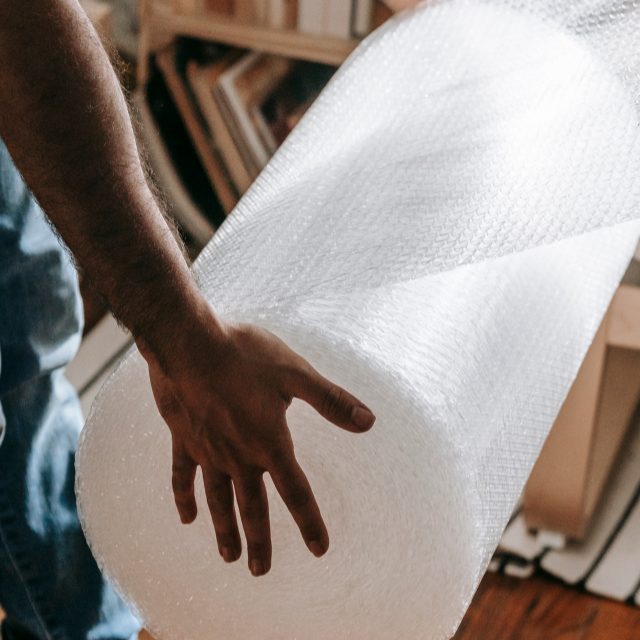
Packing is not just about boxes, the right packing materials can make all the difference in keeping your items safe and secure. Having the proper supplies on hand can prevent damage, keep your belongings organised, and make unpacking a much more enjoyable experience. From wrapping fragile items to reinforcing your moving boxes, the right materials can help ensure everything arrives at your next destination safely.
Must-Have Packing Supplies
- Packing paper: Prevents scratches and breakage for delicate items.
- Bubble wrap: Adds a protective cushion around fragile belongings.
- Packing tape: Strong tape is necessary for securing box edges and preventing accidental openings.
- Box dividers: Keeps fragile items like glassware separated to prevent damage.
Step 3: Reinforce and Prepare Your Packing Boxes
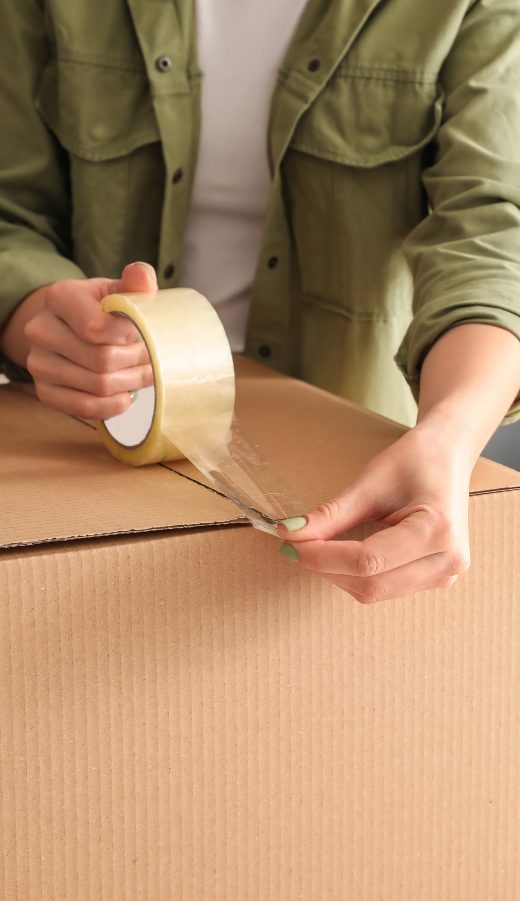
Before filling your boxes, take the time to reinforce their structure for maximum durability. The bottom of each box should be secured with multiple layers of packing tape across the seams to prevent it from splitting under pressure.
This step is especially important for heavier loads, as weak or insufficiently taped boxes can easily give way during transport. For added protection, line the bottom with packing paper or bubble wrap to create a cushioned base, reducing the risk of impact damage. By properly preparing your boxes, you ensure they can withstand the weight and movement of relocation without compromising the safety of your belongings.
Step 4: Pack Boxes Strategically
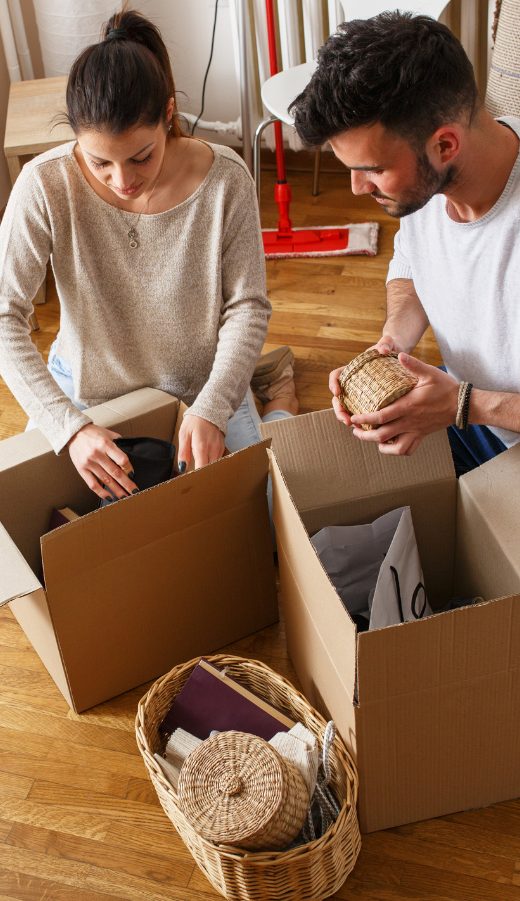
Packing your belongings efficiently ensures they arrive at your new home in perfect condition while making the moving process smoother. Thoughtful packing not only prevents damage but also helps with easy loading and unloading. By following a few essential packing tips for moving, you can maximise space, protect your items, and simplify unpacking. Here are some expert packing strategies to keep in mind:
- Distribute weight evenly: Place heavier items at the bottom and lighter items on top.
- Fill gaps: Use packing paper or bubble wrap to prevent items from shifting.
- Avoid overpacking: Boxes should be full but not overloaded to ensure easy lifting.
Keeping your boxes balanced reduces the risk of accidents and keeps your belongings safe.
Step 5: Secure and Label Every Box
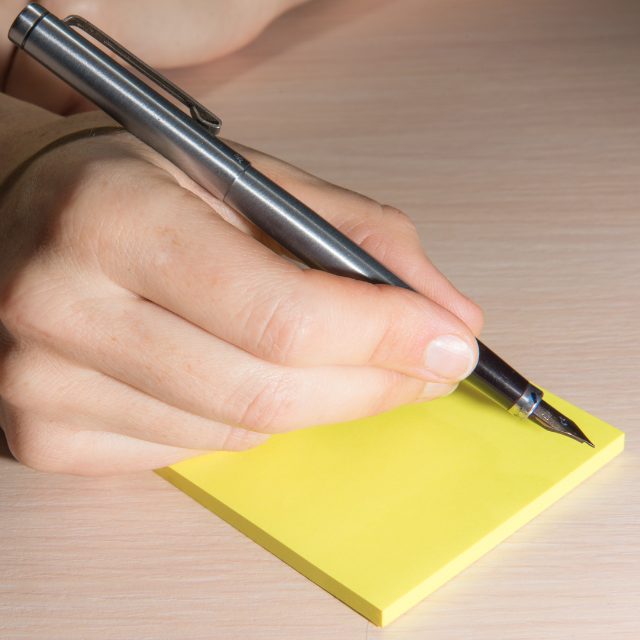
Once a box is packed, securely seal it with packing tape along all seams. Using strong, high-quality tape ensures that your boxes remain intact during transit, reducing the risk of spills or damage. If you find yourself forcing a box closed, it is a sign that it has probably been overfilled. If this is the case, redistribute the weight to maintain structural integrity. Taking the time to properly secure each box will give you peace of mind on moving day.
Next, it is important to make sure all your boxes have accurate and detailed labelling, so you can easily keep track of what goes where. To make sure your box labelling is up to scratch, follow the below guidelines:
- Clearly write the destination room (e.g., "Kitchen Utensils") to streamline the unpacking process.
- Mark fragile boxes and add arrows to indicate the proper orientation for handling.
- Use colour-coded labels or stickers to create a visually organised system for quicker identification.
Proper labelling not only saves time but also ensures a stress-free move by making it easier to locate essential items as you settle into your new home.
Step 6: Arrange Reliable Moving Equipment
Moving is not just about packing boxesâit is about getting them to your new location safely and efficiently. Having the right moving equipment can make a huge difference in how smoothly the process goes. The right tools not only make moving day easier but also help prevent injuries and protect your belongings from unnecessary damage. Some must-have moving equipment that is essential for any move includes:
- Dollies & hand trucks: Helps move heavy furniture and stacked boxes safely without straining your back.
- Furniture blankets & padding: Protects larger items from scratches and dings during transport.
- Straps & bungee cords: Keeps items secure while in transit, preventing shifting and potential damage.
- Moving gloves: Provides a better grip and protects your hands from sharp edges or splinters.
- Ramps & sliders: Assists with loading and unloading heavy items with minimal effort.
Investing in or renting the right equipment minimises strain, reduces the risk of damage, and helps keep your moving crew safe. If you are hiring professional movers, they will often provide these tools, but if you are handling the move yourself, planning with the right gear is essential.
Expert Packing Tips and Advice for a Stress-Free Move
Packing efficiently can make all the difference in ensuring a smooth, stress-free moving day! By following expert packing tips, you can minimise the risk of damage, stay organised, and make unpacking easier in your new space. Whether you are packing delicate glassware, bulky furniture, or everyday essentials, having a plan in place will save you time and whole heap of effort.
At Loxon Storage, we are here to help your packing and moving experience as simple as possible. Here are some of our key tips to help you pack like a pro:
- Start early: Packing often takes longer than expected, so give yourself plenty of time to sort, organise, and securely pack your belongings.
- Declutter before packing: Reduce the number of items you need to move by donating, selling, or discarding anything unnecessary.
- Pack room by room: Keep your packing structured by focusing on one area at a time. This method makes unpacking more efficient.
- Use the right packing supplies: Invest in sturdy boxes, packing tape, and protective materials to ensure your items are secure during transport.
- Label every box clearly: Mark boxes with their contents and the destination room for an easier unloading process. Use colour-coded labels or stickers for added organisation.
- Protect fragile items: Wrap delicate belongings individually with packing paper or bubble wrap and use dividers for items like dishes and glassware.
- Secure heavy items properly: Place heavier items at the bottom of boxes and lighter items on top to prevent shifting during transport. Avoid overpacking to keep boxes manageable.
- Keep an essentials box: Pack a separate box with must-have items like toiletries, chargers, snacks, and important documents so they are easily accessible.
- Take extra care with special items: Electronics should be packed in their original boxes, if possible, while furniture should be wrapped in moving blankets to prevent scratches and dents.
By following these moving and packing tips, you will be well-prepared for a hassle-free relocation. The right preparation, organisation, and materials will make the entire process smoother, ensuring your belongings arrive safely at your new home.
Need Storage Advice?
Did not cover your question? Get in contact with one of our friendly Loxon Storage team members today for expert storage advice.
Frequently Asked Questions
How many packing boxes do I need for my move?
The number of boxes you need depends on the size of your home and the number of belongings you have. As a general guide, a studio apartment may require around 10-20 boxes, while a one-bedroom home typically needs 20-40. For a two-bedroom home, you may need 40-60 boxes, and a three-bedroom home could require 60-80 or more. Larger homes often need over 100 boxes. It is always a good idea to get extra boxes so you do not run out during the packing process.
How do I protect my furniture during a move?
When moving or storing furniture, your items can be susceptible to scratches, dents, and damage during transport, so it is important to take protective measures. Use moving blankets, plastic wrap, and furniture pads to shield surfaces from impact. If possible, disassemble larger pieces like bed frames and tables to make them easier to move and prevent damage. Secure loose parts with moving straps or bungee cords and be sure to carry heavy furniture carefully to avoid injury.
How much packing paper do I need?
When planning your move, it is important to estimate how much packing paper you will need to properly protect your fragile items. As a general rule of thumb, you will need around 5â10 kg of packing paper for an average home move, depending on the number of breakables you have. If you are packing delicate items like dishes, paintings, glassware, or electronics, it is better to err on the side of caution and have a little extra paper.
How much packing tape do I need?
Packing tape is crucial for securing your boxes and ensuring they remain intact throughout the moving process. A standard approach is to use at least three strips of tape on both the bottom and top seams of each box for reinforcement. This provides the strength needed to prevent any accidents. For an average two-bedroom home, you will likely need about 2â3 rolls of packing tape, though this number can vary depending on the size of your move and the number of boxes you plan to pack.


